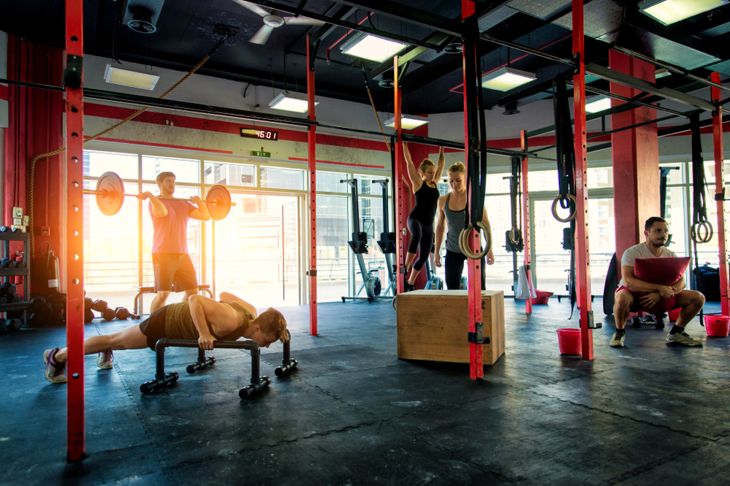Personal trainers tend to know more about fitness than their clients, but part of being a good teacher is making sure your student understands what they’re being taught. These examples of personal trainer lingo might leave you scratching your head, but if you didn’t want to ask them for clarification, we’ve got you covered. Just make sure you’re always asking for clarification on how to do the actual exercises, or you might get hurt!
Burning
“Burning calories” refers to the body’s process of consuming energy. When personal trainers mention this term, they’re essentially talking about metabolism the process of using up calories to run bodily functions.During this complex process, food is broken down by digestive enzymes, then the useful compounds (such as sugar) are absorbed into the blood, which carries them to the cells to be used as fuel.
Bulking
This term refers to the process of building muscle mass through exercise. Often, the process is also defined by not accounting for gains in body fat. Workout plans for bulking often involve several sets of three to four different exercises with heavy weights and fewer repetitions, broken up with recovery periods.
DOMS
DOMS stands for delayed onset muscle soreness. This is the experience of having sore or stiff muscles that starts hours or even days after performing a new exercise or one with more weight. Many people experience this effect one to three days after a workout.
Strength Training
Although strength training may sound like a general strength-building exercise term, this type of workout can have an influence on bone density, lean muscle growth, and even thinking skills. Strength training workouts can include a weight-lifting session followed by a full day of rest.
Toning
“Toning” is often used to describe exercises aimed at tightening muscles to give them a firmer, or more “toned,” appearance. Typically, this term is used in contrast to the idea of bulking, which is the process of increasing muscle mass. However, muscles either grow or shrink in size — they don’t get firmer, meaning you can’t actually “tone” a muscle, just increase its size to a greater or lesser degree.
BMI
This term is shorthand for “body mass index.” BMI is a formula that uses a person’s weight and height to estimate their body fat. Measuring BMI can be an important part of an exercise or wellness plan, since a high BMI is associated with an increased risk of heart disease and high blood pressure.However, there are many misconceptions about BMI. Predominantly, simply using weight and height to find your BMI is not very reliable because, among many reasons, muscle weighs more than fat.
Circuits
A workout circuit is a series of exercises performed with little or no rest between rounds. There are typically eight to 10 exercises in a circuit, including push-ups, lunges, and weight machine movements. This is a very general term that doesn’t tell you what the main goal is on its own, though the lack of rest is often intended to raise the heart rate.
BMR
BMR is an acronym for basal metabolic rate. This refers to the amount of energy the body uses to perform basic functions while resting. Several factors influence a person’s BMR, including age, sex, environmental temperature, and exercise habits.Personal trainers may reference BMR during training when calculating how many calories a person uses each day.
Superset
A superset is a set of two exercises performed one after the other By alternating the workout’s movement and form, personal trainers can help people develop leaner-looking muscle, boost their metabolism, and increase their bone strength. This type of training can also improve joining stabilization and enhance overall workout capacity.Often, a workout using supersets will consist of three supersets (two exercises each) completed three times each, or something similar.
Intervals
Intervals are a set length of time working out followed by a set length of time resting, usually to take the heart rate up and down. In some cases, interval training can include rest periods that are still active but less intense than the alternating period. For example, someone might exercise by walking in between short bursts of running. They are doing a walking interval followed by a running interval.

 Home
Home Health
Health Diet & Nutrition
Diet & Nutrition Living Well
Living Well More
More




















